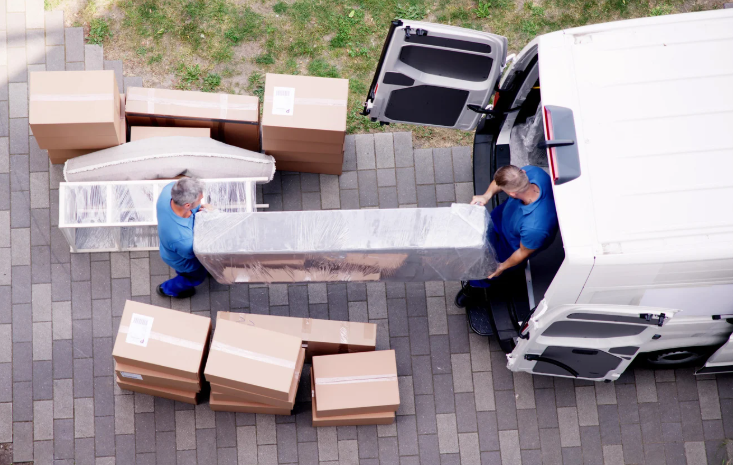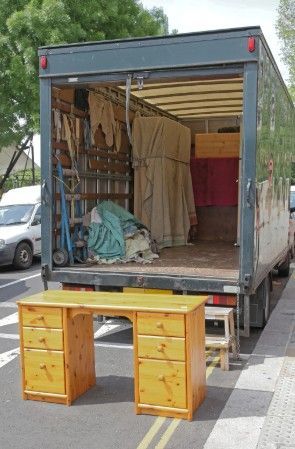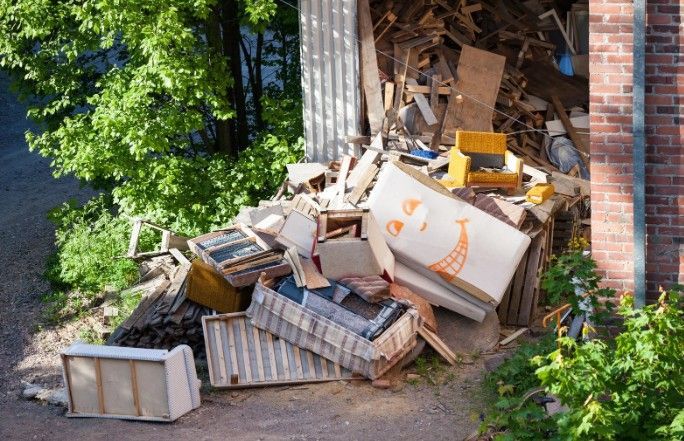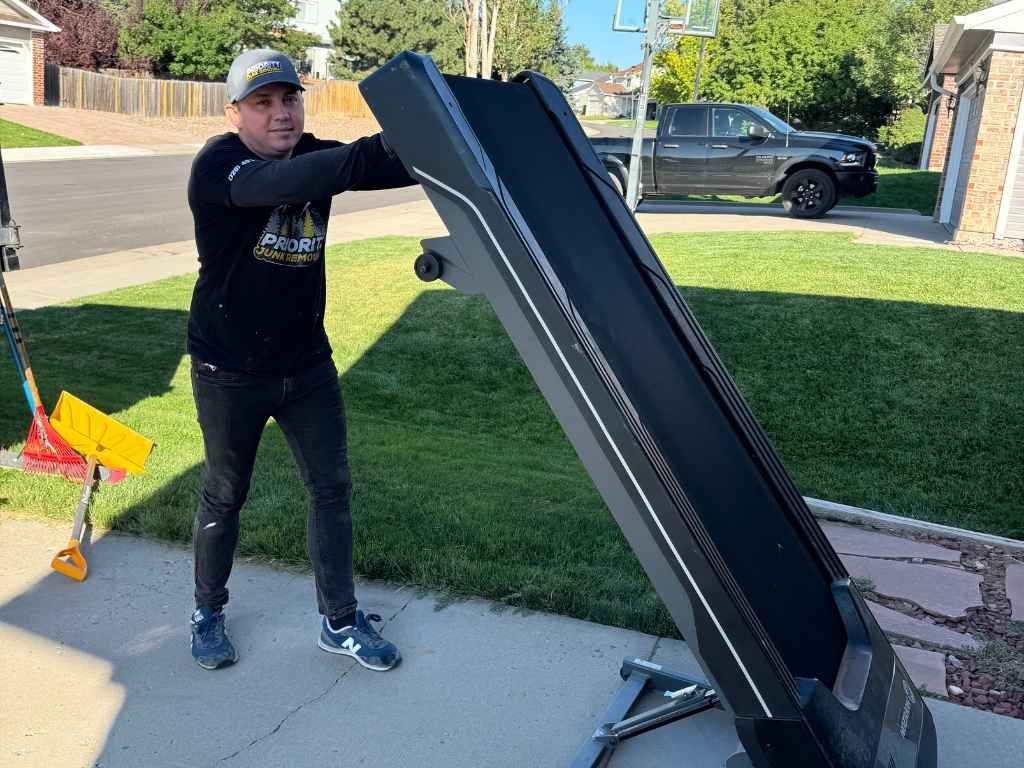The Best Practices for Safe and Efficient Furniture Removal
Furniture removal might sound like a straightforward task, but anyone who’s tackled a bulky couch or maneuvered a hefty armoire through a narrow doorway knows it’s anything but simple. The process isn’t just about strength—it’s about strategy, technique, and a whole lot of patience. If you go in unprepared, you could damage your furniture, scratch up your floors, or worse—injure yourself.
That’s why understanding the best practices for safe and efficient furniture removal is crucial. Whether you’re moving to a new place, upgrading your decor, or simply clearing out space, doing it the right way will save you time, effort, and potential headaches. Getting furniture from point A to point B without damaging it or hurting yourself requires more than just muscle—it’s about working smarter, not harder.
Planning Makes All the Difference
Before you even think about lifting a single piece of furniture, take a step back and plan. Furniture removal isn’t something you want to tackle on a whim. A well-thought-out approach will help you avoid last-minute chaos and ensure everything goes smoothly. When you have a plan in place, you’ll work more efficiently, avoid damage to your home and furniture, and reduce the likelihood of injury.
Take Inventory of What You’re Removing

Start by making a detailed list of every piece of furniture you need to remove. This step might seem like overkill, but it’s easy to overlook items in the middle of a chaotic move. Categorize your furniture based on size, weight, and whether or not it needs to be disassembled. A detailed inventory will help you determine how much help you’ll need and what tools or equipment you should have on hand.
Measure Doorways, Hallways, and Staircases
One of the most common mistakes in furniture removal is assuming that everything will just "fit." Before you even think about lifting, grab a tape measure and measure your furniture as well as the exit points—doorways, hallways, staircases, and even elevators (if applicable).
Plan an Exit Strategy
Decide the best way to move each piece of furniture out of the space. Look for potential obstacles—tight corners, low ceilings, narrow hallways, and even loose rugs—that could trip you up. Sometimes, the easiest route isn’t the most obvious one. Removing a large sectional, for example, might require tilting it at a specific angle or breaking it down into smaller sections. The goal is to minimize the number of turns and avoid potential damage to the furniture and your home.
Tools and Equipment: Don’t Go in Empty-Handed
Having the right tools can mean the difference between a successful furniture removal and a day filled with frustration. Professional movers rely on specific gear for a reason—it makes the job easier, safer, and more efficient. Investing in or renting the right equipment will save you from unnecessary strain and potential damage.
- Furniture Sliders: Furniture sliders are lifesavers when it comes to moving heavy pieces without damaging your floors. They reduce friction and allow you to slide furniture effortlessly across hardwood, tile, or carpet. Just place them under the furniture’s legs, and you’ll be amazed at how easily even the heaviest pieces move.
- Moving Straps: Moving straps help distribute the weight of heavy furniture, reducing strain on your back and arms. They allow you to lift more with less effort and provide better control, which lowers the risk of dropping or damaging your furniture.
- Dollies and Hand Trucks: A solid dolly or hand truck makes transporting large, heavy items so much easier. For bulky items like dressers, cabinets, and armoires, a dolly with straps ensures the piece stays secure while you wheel it to its destination.
- Protective Gear: Gloves, knee pads, and back braces might not seem like essential tools, but they protect you from scrapes, bruises, and muscle strain. Better to be safe than sorry when you’re handling heavy, awkward furniture.
Safe Lifting Techniques: Protect Your Back and Your Furniture
Lifting heavy furniture incorrectly is a recipe for injury. The last thing you want is to throw out your back or strain a muscle mid-move. Use proper lifting techniques to protect your body and ensure the furniture stays intact.
Bend at the Knees, Not the Waist
Lifting heavy furniture the wrong way can quickly lead to back strain or injury. That’s why it’s essential to bend at the knees, not the waist, when lifting. Start by positioning your feet shoulder-width apart and squatting down rather than bending over. Grip the furniture firmly and engage your leg muscles as you push up to lift. Your legs are much stronger and more stable than your back, so using them to lift reduces pressure on your spine and helps you maintain balance.
Keep the Load Close to Your Body
Holding furniture close to your chest when lifting is one of the simplest ways to maintain control and prevent injury. When the load is close to your body, your center of gravity stays more balanced, reducing the strain on your back and arms. If you hold furniture too far away, it becomes harder to control, putting unnecessary pressure on your muscles and increasing the risk of losing your grip. Keep your elbows slightly bent and hold the load securely against your torso.
Avoid Twisting Your Body
Once you’ve lifted a piece of furniture, it's critical to avoid twisting your body while carrying it. Twisting places uneven pressure on your spine and can lead to serious back injuries. Instead of rotating your torso, pivot your feet and turn your whole body in the direction you want to go. Keep your core engaged and your back straight to maintain balance and reduce strain. If you need to adjust your grip or reposition yourself, set the item down first rather than twisting awkwardly while holding it.
Use Teamwork
Lifting heavy furniture is not a solo sport—it’s always better to have a second pair of hands (or more) when dealing with large or awkward items. If a piece is too heavy or difficult to maneuver on your own, don’t hesitate to ask for help. Coordinate with your partner to ensure you're both lifting at the same time and moving in sync. Communication is key—decide on a plan before you start and call out any adjustments as you go.
When to Call in the Professionals
Sometimes, no matter how prepared you are, furniture removal is just too overwhelming to handle on your own. Large, heavy, or awkwardly shaped pieces may require professional expertise and equipment to move safely. If you’re facing any of these challenges, it’s best to leave it to the pros:
- Oversized or fragile furniture
- Tight or awkward spaces
- Multi-story moves
- Limited help or physical strength
- Short timelines
Professional furniture removal services have the experience, tools, and manpower to handle the job efficiently and safely. They’ll save you time, stress, and possibly a strained back.
The Importance of Proper Lifting Techniques
Lifting furniture incorrectly is one of the fastest ways to injure yourself. The key is to engage your legs and core, not your back. Start with a solid stance—feet shoulder-width apart—and squat down rather than bending at the waist. This allows your stronger leg muscles to do the work, reducing strain on your spine. Keep your chest up and your back straight as you lift. Holding the load close to your body also helps maintain balance and control, making it easier to carry.
When moving furniture, avoid twisting your body or making abrupt movements. Instead, turn your entire body by stepping in the direction you want to go. If the furniture feels too heavy, get someone to help rather than risking injury. Proper lifting techniques not only prevent back problems but also make the process more efficient and less stressful. Mastering these basics can save you from pain and make future moves much easier.
How to Prevent Damage to Furniture During Removal
Protecting your furniture from damage during removal starts with proper preparation. Wrap fragile pieces in blankets or bubble wrap to prevent scratches or dents. Remove any loose parts, such as cushions or glass panels, and secure them separately. If you're disassembling furniture, keep screws and small parts in labeled bags so they don’t get lost. Use furniture sliders under heavy pieces to avoid damaging floors while making it easier to move them.
When carrying furniture, avoid dragging it across the floor, as this can cause scratches or structural damage. Hold the load close to your body to maintain balance and avoid bumping into walls or door frames. Moving slowly and deliberately helps prevent accidents and gives you time to adjust if something shifts unexpectedly. Taking these steps ensures your furniture arrives at its destination in one piece and looks as good as it did before.
Conclusion
Safe and efficient furniture removal requires a combination of strategy, technique, and the right equipment. Planning your approach, using proper lifting methods, and protecting both your furniture and your home are key to a smooth removal process. And when the job feels too big to handle alone, professional help is always an option.
If you need reliable and professional furniture removal, Priority Junk Removal has you covered. Located at 6091 South Spotswood Street, Littleton, Colorado 80120, they provide expert furniture removal services tailored to your needs. Give them a call at 720-451-1359 or send an email to priorityjunkremoval@gmail.com to schedule your furniture removal today.











